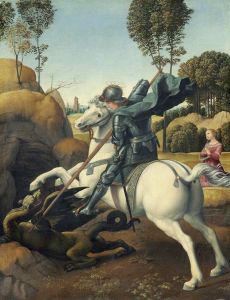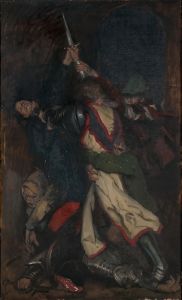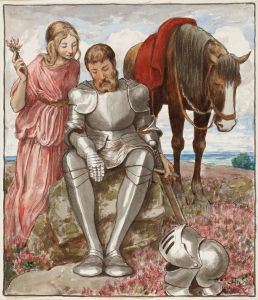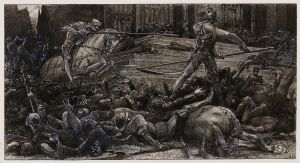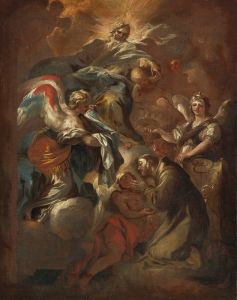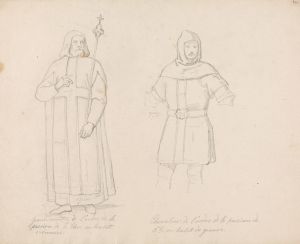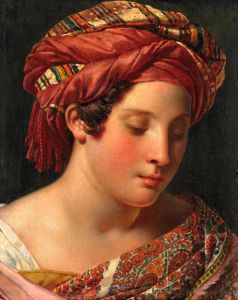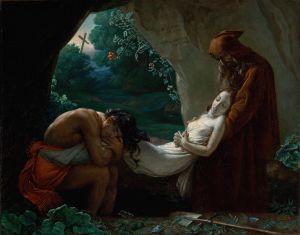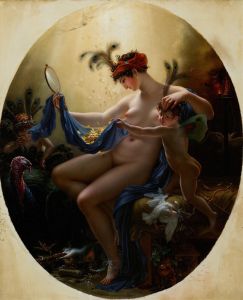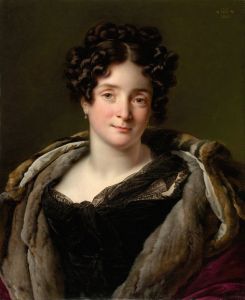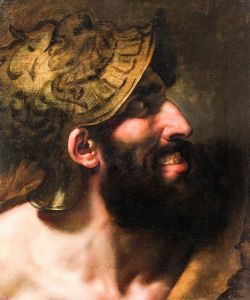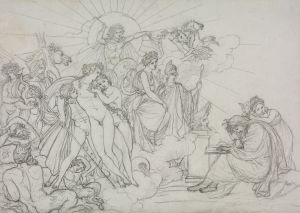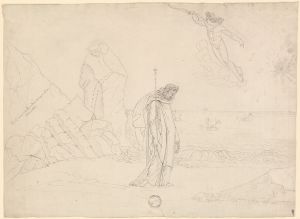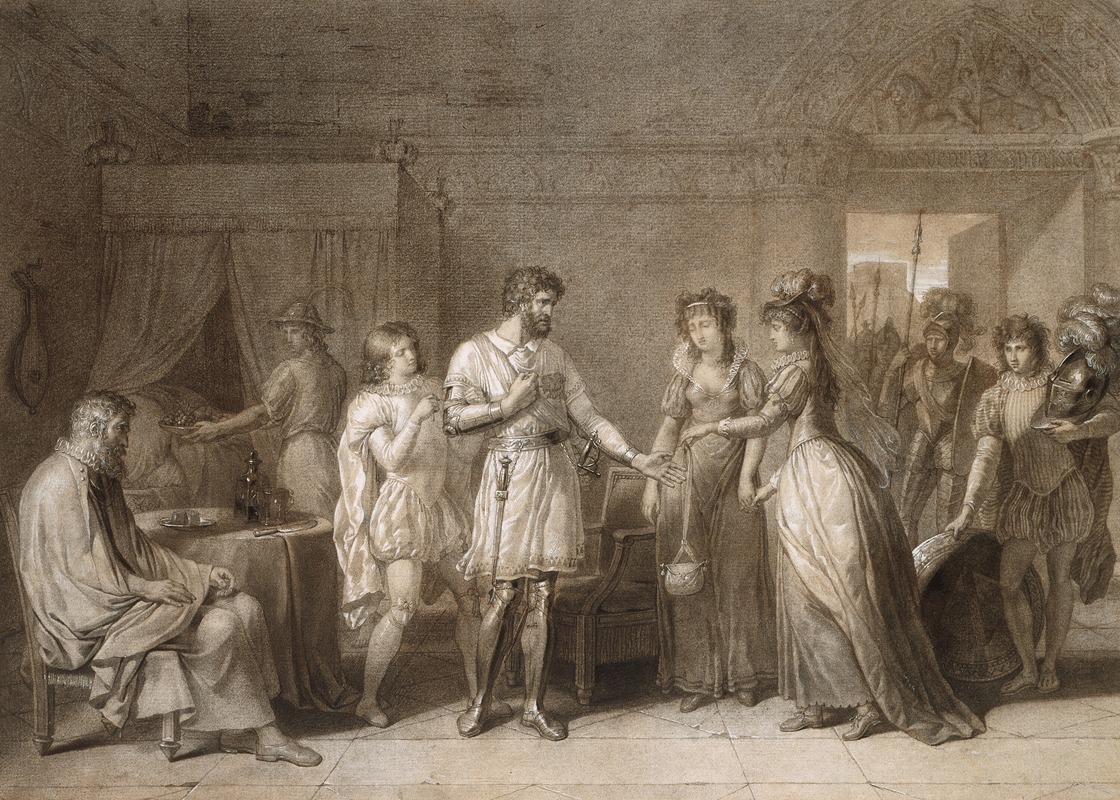
Bayard Refusing the Presents of His Hostess, in Brescia
A hand-painted replica of Anne Louis Girodet-Trioson’s masterpiece Bayard Refusing the Presents of His Hostess, in Brescia, meticulously crafted by professional artists to capture the true essence of the original. Each piece is created with museum-quality canvas and rare mineral pigments, carefully painted by experienced artists with delicate brushstrokes and rich, layered colors to perfectly recreate the texture of the original artwork. Unlike machine-printed reproductions, this hand-painted version brings the painting to life, infused with the artist’s emotions and skill in every stroke. Whether for personal collection or home decoration, it instantly elevates the artistic atmosphere of any space.
Anne-Louis Girodet-Trioson, a prominent French painter of the late 18th and early 19th centuries, is known for his works that blend Neoclassical precision with Romantic sensibilities. One of his lesser-known paintings, Bayard Refusing the Presents of His Hostess, in Brescia, depicts a scene inspired by the life of the French knight Pierre Terrail, seigneur de Bayard (1473–1524), who was celebrated for his chivalry and moral integrity.
The painting illustrates an episode from Bayard's life during the Italian Wars, a series of conflicts between France and various Italian states, the Holy Roman Empire, and Spain. In this particular scene, Bayard is shown refusing gifts offered to him by a noblewoman in Brescia, Italy. The act symbolizes his virtue, humility, and adherence to the knightly code of honor. Bayard, often referred to as "the knight without fear and beyond reproach," became a legendary figure in French history, embodying the ideals of chivalry and selflessness.
Girodet's work captures the moral essence of the story through its composition and use of light. Bayard is typically portrayed with a calm and resolute demeanor, emphasizing his inner strength and moral fortitude. The noblewoman, on the other hand, is depicted with gestures of offering and gratitude, highlighting the contrast between her generosity and Bayard's principled refusal. The setting and costumes reflect the historical period, with attention to detail characteristic of Girodet's style.
The painting is an example of Girodet's ability to convey narrative and emotion while maintaining the formal qualities of Neoclassicism. His works often explored themes of heroism, virtue, and the human condition, aligning with the broader cultural and artistic movements of his time. While Girodet is perhaps best known for works such as The Burial of Atala and Endymion Asleep, Bayard Refusing the Presents of His Hostess, in Brescia remains a testament to his skill in historical and moral storytelling.
The exact date of the painting's creation and its current location are not widely documented. However, it is consistent with Girodet's broader body of work, which often drew upon historical and literary sources to create compelling visual narratives. The painting serves as both a celebration of Bayard's legendary character and an example of the moral and artistic ideals of the period.





